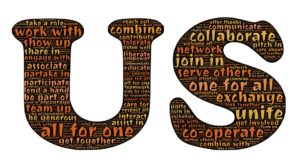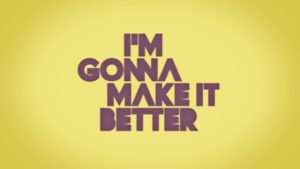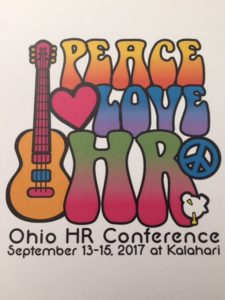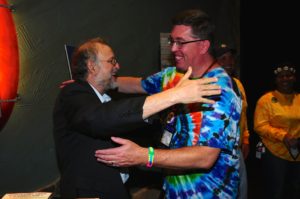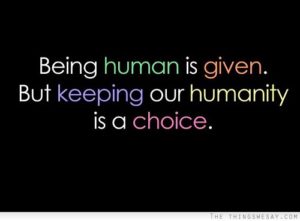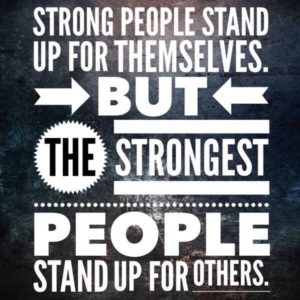I love working in the yard !! I mean it. It’s cathartic for me to be able to get away from regular day-to-day activities and just lose myself outside. My yard is full of mature trees that are now in their full natural color. The leaves had their big reveal later than usual this year. There is now a bright mix of oranges, yellows and reds highlighting the landscape.
I used to rake for hours and hours to bag the leaves and put them at the curb for them to be picked up. That was enjoyable because you could make giant piles to jump in which was a family tradition. For the past few years, I use my lawn mower to cut the leaves up and mulch them down into the grass. Mowing the lawn at my house is a true workout. When the grass is not too overgrown, it takes 1 1/2 to 2 hours to cut. When the leaves start to turn my lawn into a colorful blanket, that time doubles.
This weekend I ventured out into the yard, turned on tunes from my iPod, and started to mow. I was flying through the yard and truly enjoying myself. The side yard didn’t have many leaves, but the main part of the front yard was a different story. After I made the first pass, it looked as if I hadn’t even used the mower. So, I made a second cut. It looked so much better after the second cut was complete.
Since I had tons of yard left to go, it gave me time to think about how this is very similar to HR and to work in general. We see the layers of work in front of us, and our desire is to “get things done.” Completion is our goal. It is almost consuming because we either have this as a personal expectation, or we feel real (or perceived) pressure from our organization. There is such a demand on completion that we want to see this happen just to relieve pressure from all that is going on around us.
Don’t get me wrong, getting things completed is necessary in our work in order for things to move forward. It’s not reasonable to let things hang open for long periods of time. However, in the rush to get things done, we often leave tasks partially fragmented and not as complete as we say they are. It’s like making the first cut. The lawn is “done” but not what it could be. We need to make the second cut.
 We hesitate to do this because a second cut takes more time. So, instead of taking a bit more time, we knock things out in order to pass things on to others. This can result in rework. When you look at the time it takes to address any fragments or rework, aren’t you better off making the second cut the first time? We can’t let time be the factor that keeps us from doing the best job we can. I understand that being timely and deadlines are useful if they’re consistent and sustainable. They need to be measured against the effectiveness of the work that is produced.
We hesitate to do this because a second cut takes more time. So, instead of taking a bit more time, we knock things out in order to pass things on to others. This can result in rework. When you look at the time it takes to address any fragments or rework, aren’t you better off making the second cut the first time? We can’t let time be the factor that keeps us from doing the best job we can. I understand that being timely and deadlines are useful if they’re consistent and sustainable. They need to be measured against the effectiveness of the work that is produced.
It took me over four hours this weekend to complete the second cut, and my lawn looked fantastic . . . for about an hour. More leaves began their decent and I’m sure there will be more second cuts coming – and I can’t wait !!


